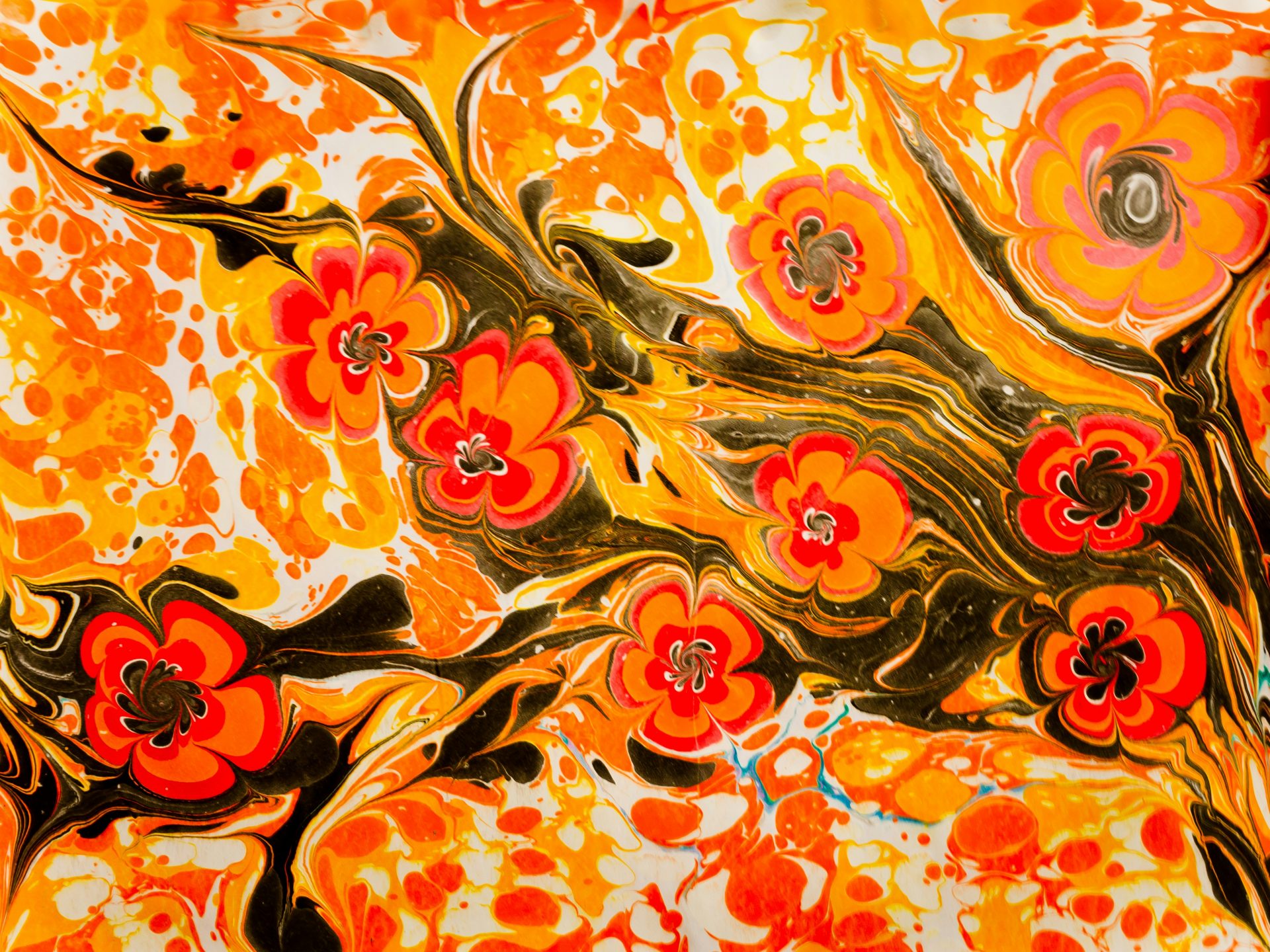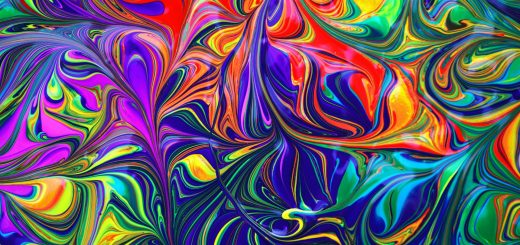Jewish Passover Seder: Rituals and Symbolic Foods

Before diving in, please note: This post is for informational purposes only. If you’d like to know more about how we approach topics, feel free to check out our friendly Disclaimer Page.
Hey there, amazing readers! 🖐️ Just a quick note: yes, we know there are a lot of ads here. Trust us, we get it—it’s not the prettiest look, but they help us keep this blog alive and kicking. Those pesky little ads cover the costs of all the behind-the-scenes magic, from hosting and tech stuff to creating content we hope you’ll love.
We’re committed to delivering quality posts, and your support (even just sticking around despite the ads) means everything to us. So, bear with us, and thanks for helping us keep the good vibes rolling. Now, on to the fun stuff! 😉
TRANSLATE BUTTON AT THE END OF THE ARTICLE
Introduction to Jewish Passover Seder
Passover, known as Pesach in Hebrew, is a significant Jewish holiday that commemorates the liberation of the Israelites from slavery in ancient Egypt.
At the center of the Passover celebration is the Seder, a ritual meal that takes place on the first two nights of the holiday.
The word "Seder" means order, and the meal follows a specific order and includes symbolic foods, prayers, and readings from the Haggadah, a text that tells the story of the Exodus.
History and Significance of Passover
Passover has its roots in the biblical story of the Exodus, where the Israelites were enslaved in Egypt and ultimately freed by Moses after a series of plagues.
The holiday serves as a reminder of the hardships faced by the Israelites and the importance of freedom.
It is a time for Jews to reflect on their own personal journeys and to express gratitude for their liberation.
Passover is also a time for families to come together and pass down traditions from generation to generation.
Setting the Table for the Seder
Setting the table for the Seder is a meticulous process that involves arranging specific items in a particular way.
The table is set with a Seder plate in the center, which holds symbolic foods that represent different aspects of the Exodus story.
Each participant has a Haggadah, a special book that guides them through the Seder rituals and prayers.
Additional items on the table include wine glasses, a plate of matzah, and other ceremonial objects.
The Four Cups of Wine
During the Seder, participants drink four cups of wine, each representing a different promise made by God to the Israelites: I will bring you out, I will deliver you, I will redeem you, and I will take you.
The four cups symbolize freedom and are a way to honor and remember the struggles of the Israelites.
The wine also adds a sense of festivity to the meal and is meant to be enjoyed as part of the celebration.
The Seder Plate: Symbolic Foods
The Seder plate holds several symbolic foods that help tell the story of the Exodus.
These include:
Karpas: A vegetable, usually parsley, dipped in saltwater to represent the tears shed during slavery.
Charoset: A sweet mixture of fruits, nuts, and wine that symbolizes the mortar used by the Israelites to build pyramids.
Maror and Chazeret: Bitter herbs, such as horseradish, to represent the bitterness of slavery.
Zeroa: A shank bone, typically from a lamb, to symbolize the Passover sacrifice.
Beitzah: A roasted egg, representing mourning and the cycle of life.
Matzah: the Unleavened Bread
Matzah, or unleavened bread, is a central element of the Passover Seder.
It symbolizes the haste with which the Israelites left Egypt, not having time for their bread to rise.
Matzah is eaten throughout the Seder, including as part of the traditional sandwich with bitter herbs and charoset.
It serves as a reminder of the hardships endured by the Israelites and the importance of freedom.
The Bitter Herbs: Maror and Chazeret
Maror and Chazeret are two types of bitter herbs eaten during the Seder to represent the bitterness of slavery.
Maror is typically horseradish, while Chazeret can be romaine lettuce or another bitter vegetable.
These herbs are consumed with matzah as a way to experience the taste of bitterness and to remember the suffering of the Israelites.
The bitterness of the herbs serves as a contrast to the sweetness of the charoset, creating a balance of flavors during the meal.
The Charoset: Sweet Symbol of Slavery
Charoset is a sweet mixture made from fruits, nuts, and wine that symbolizes the mortar used by the Israelites when they were enslaved in Egypt.
The sweetness of the charoset contrasts with the bitterness of the maror and chazeret, representing the mixture of hardships and joys in life.
Charoset is typically spread on matzah and eaten as a reminder of the resilience of the Jewish people and the hope for a sweeter future.
The Egg: Symbol of Mourning
The roasted egg on the Seder plate serves as a symbol of mourning and the cycle of life.
It represents the destruction of the Second Temple in Jerusalem and serves as a reminder of the losses suffered by the Jewish people throughout history.
The egg is often eaten with saltwater, symbolizing the tears shed by the Israelites during their time of slavery.
Despite its somber symbolism, the egg also represents hope and new beginnings, as it is a symbol of fertility and renewal.
The Shank Bone: Remembrance of the Passover Sacrifice
The shank bone on the Seder plate is a reminder of the Passover sacrifice that was offered in the days of the Temple in Jerusalem.
While the sacrifice is no longer performed, the shank bone serves as a symbol of the ancient rituals and traditions of the Jewish people.
It also represents the idea of sacrifice and redemption, as the Israelites were saved from slavery through the blood of the Passover lamb.
The shank bone is a tangible link to the history and traditions of the Jewish people, connecting them to their ancestors and their faith.
Miriam’s Cup: Honoring Women in the Passover Story
Miriam’s Cup is a relatively new addition to the Passover Seder, created to honor the role of women in the Exodus story.
Miriam was the sister of Moses and played a crucial part in the liberation of the Israelites, leading them in song and dance after crossing the Red Sea.
The cup is filled with water to symbolize Miriam’s well, a mythical source of water that followed the Israelites through the desert.
By including Miriam’s Cup in the Seder, participants pay tribute to the contributions of women throughout Jewish history and acknowledge the importance of their voices and actions in the Passover story.
Concluding the Seder: Next Year in Jerusalem
As the Passover Seder comes to a close, participants recite the phrase "Next year in Jerusalem" to express the hope for a future redemption and return to the holy city.
This statement is a reminder of the Jewish people’s long history and their enduring connection to Jerusalem as a spiritual and cultural center.
By looking towards Jerusalem, participants acknowledge their shared history and faith, reaffirming their commitment to freedom, justice, and peace.
The phrase serves as a powerful conclusion to the Seder, uniting participants in a common vision for the future and a renewed sense of hope and purpose.
Conclusion
The Jewish Passover Seder is a rich and meaningful tradition that combines rituals, symbolism, and storytelling to commemorate the Exodus and celebrate freedom.
Through symbolic foods like matzah, bitter herbs, charoset, and the shank bone, participants engage with the themes of slavery, redemption, and resilience.
The Seder plate serves as a visual representation of the Exodus story, while the four cups of wine and the traditional recitations guide participants through the evening.
As the Seder concludes with the phrase "Next year in Jerusalem," participants look towards the future with hope and unity, reaffirming their shared history and faith.
The Passover Seder is a time for reflection, gratitude, and community, bringing families and friends together to honor tradition and celebrate freedom.

The Enlightenment Journey is a remarkable collection of writings authored by a distinguished group of experts in the fields of spirituality, new age, and esoteric knowledge.
This anthology features a diverse assembly of well-experienced authors who bring their profound insights and credible perspectives to the forefront.
Each contributor possesses a wealth of knowledge and wisdom, making them authorities in their respective domains.
Together, they offer readers a transformative journey into the realms of spiritual growth, self-discovery, and esoteric enlightenment.
The Enlightenment Journey is a testament to the collective expertise of these luminaries, providing readers with a rich tapestry of ideas and information to illuminate their spiritual path.
Our Diverse Expertise 🌟
While our primary focus is on spirituality and esotericism, we are equally passionate about exploring a wide range of other topics and niches 🌍📚. Our experienced team is dedicated to delivering high-quality, informative content across various subjects ✨.
To ensure we provide the most accurate and valuable insights, we collaborate with trusted experts in their respective domains 🧑🏫👩🏫. This allows us to offer well-rounded perspectives and knowledge to our readers.
Our blog originally focused on spirituality and metaphysics, but we’ve since expanded to cover a wide range of niches. Don’t worry—we continue to publish a lot of articles on spirituality! Frequently visit our blog to explore our diverse content and stay tuned for more insightful reads.





